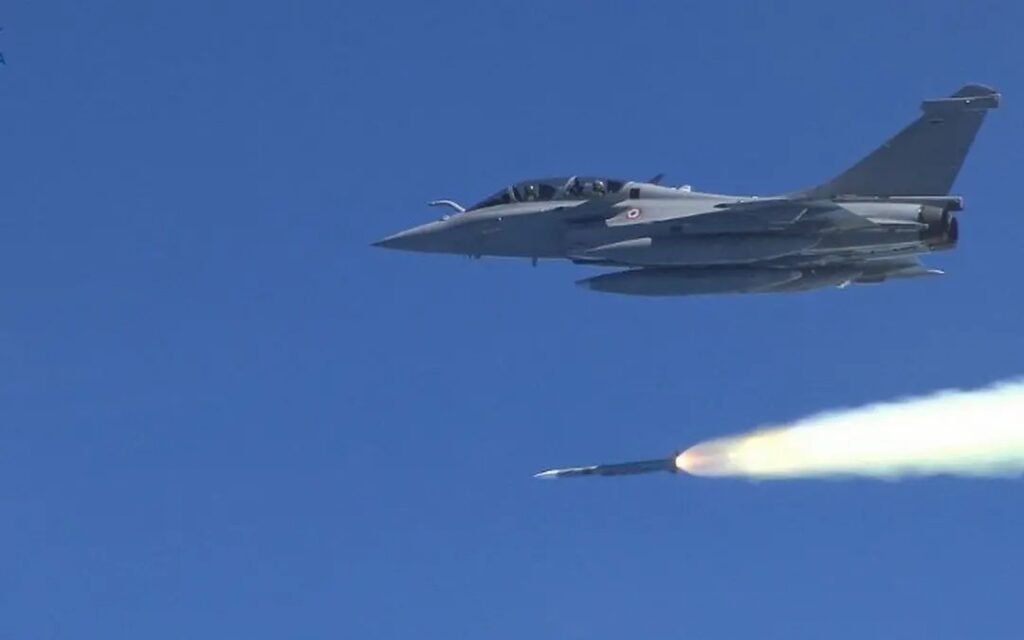India launched Operation Sindoor as a retaliatory measure following the April 22 terror attack in Pahalgam, Jammu & Kashmir, where 26 civilians were killed. The strikes were aimed at terrorist infrastructure responsible for orchestrating such attacks from across the border.
Execution of the Operation
Operation Sindoor was carried out in the early hours of Wednesday by India’s tri-services—Army, Navy, and Air Force—from within Indian territory. The mission targeted nine terrorist bases, with four located in Pakistan and five in Pakistan-occupied Kashmir (PoK). Intelligence agencies provided accurate coordinates to ensure precision.
The Ministry of Defence described the operation as “focused, measured, and non-escalatory”, explicitly avoiding any Pakistani military sites. Special precision-guided munitions were used in the operation.

Key Targets and Locations
The strikes primarily targeted:
- Jaish-e-Mohammed (JeM) headquarters in Bahawalpur
- Lashkar-e-Taiba (LeT) base in Muridke
Bahawalpur has long served as JeM’s operational base, led by Masood Azhar, a UN-designated terrorist responsible for attacks like Pulwama. Muridke is known as LeT’s hub, linked to Hafiz Saeed and the 2008 Mumbai attacks.
Other targeted areas included Sialkot, Muzaffarabad, and Kotli.
After the operation, India briefed multiple countries on its actions. National Security Advisor Ajit Doval contacted US NSA and Secretary of State Marco Rubio. The Indian Embassy in Washington cited credible evidence, including survivor accounts and technical data, of Pakistan-based terrorist involvement in the Pahalgam incident.
India also criticized Pakistan’s failure to act against terror outfits and rejected its allegations of a false flag operation.
